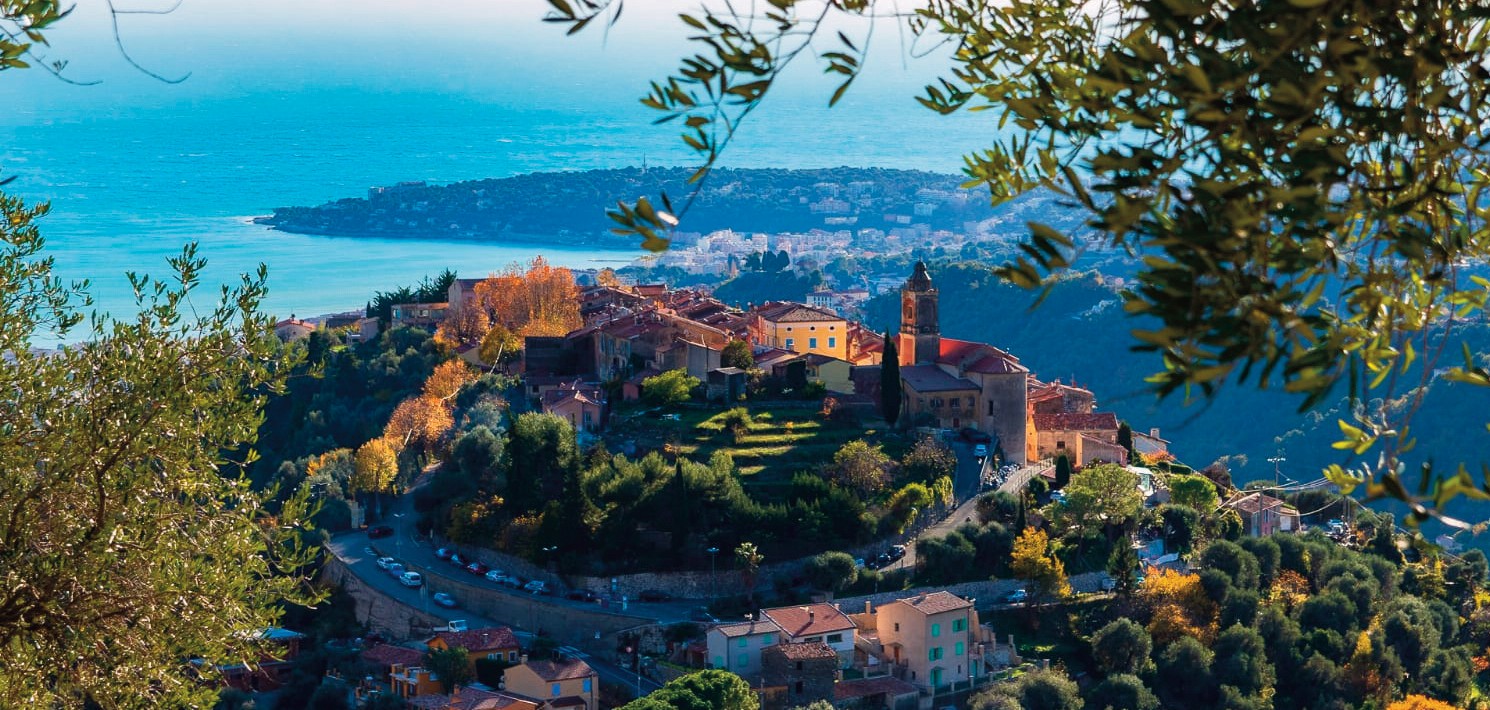
Nestled on a hillock at the foot of the Alps overlooking the Mediterranean, the village of Castellar is rich in history and human presence dating back 12 millennia, from the prehistoric remains with the Pendimoun shelter at the foot of the Orméa cliff, to the forts of the Second World War.
Castellar has also experienced many upheavals since the medieval era, wars, earthquake on February 23, 1887, Ash Wednesday, ...
The old village
Castellar is a very picturesque village with its houses with turrets, its narrow streets dotted with fountains, its staircases, its vaults... The old fortified square still preserves the remains of the former seigniorial palace of the Lascaris-Vintimille, which is currently being restored.
Castellar is home to the palace of the Lascaris-Vintimille family, the town's patron saint. This ancient seigniorial palace located in the upper part of the village probably dates back to the 15th century, at the time, in 1435, when the population of the Old Castellar moved to the present village.
Remarkable religious buildings...
It also houses many religious buildings such as the church of Saint-Pierre, a primitive parish church, contemporary with the construction of the village at the end of the 15th century.
Inside, old paintings and an 18th century wooden recumbent are worth a visit.
Another religious building, the Saint-Sébastien chapel, registered in the supplementary inventory of historical monuments since 1925, is in the "late Romanesque" style. It is the only Romanesque chapel in the eastern part of the Alpes Maritimes.
Other chapels are worth a visit such as the chapel of the Holy Spirit, "Chapelle des Pénitents Blancs" (Chapel of the White Penitents) which dates from the 17th century. The door lintel, made of engraved stone, represents two penitents wearing hoods and incensing the Holy Spirit, symbolized by the dove.
The chapel of Notre-Mère des Miséricordes, the chapel of the Black Penitents, is topped by a baroque bell tower of triangular plan, quite rare in the region, topped by a small dome of the 18th century.
The chapel of Saint Antoine, 17th and 18th centuries, is preceded by an open porch, characteristic of the traditional rural architecture of the Nice region.
In 1623, its square was the scene of a witchcraft trial during which a "witch" was hanged and burned.
The chapel of Saint Roch, known as the chapel of the "Bon Voyage", used to welcome the animals of the village for a blessing on the feast day of the saint, August 16.
The Saint Bernard chapel, probably of medieval origin, is located an hour's walk from the village. The chapel of Saint Bernard, an hour's walk from the village, is located on the GR 52 which leads to the Razet pass towards Sospel.
It marks the path taken by Bernard de Clairvaux, at the origin of the Cistercian order, to preach the crusades and advise kings and popes.
Finally, one cannot leave Castellar without seeing the washhouse, the wood-fired bread oven, the fountain and the rich oil mill with its magnificent granite millstone and enjoy the breathtaking view it offers.
Town Hall of Castellar
1, place Georges Clémenceau,
06500 Castellar
Tel : 04 92 10 59 00
Translated with www.DeepL.com/Translator
(free version)





